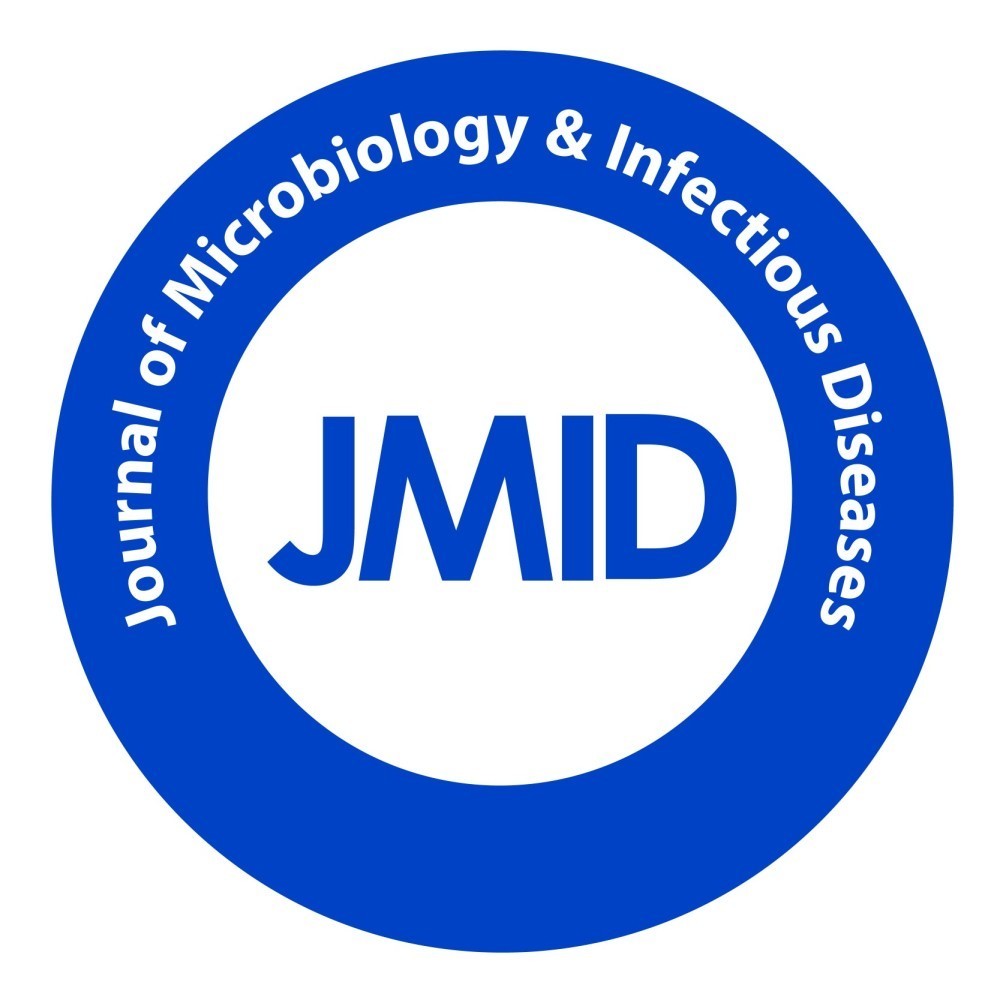
| Research Article | ||||||||||||
J Microbiol Infect Dis. 2024; 14(3): 120-130 Antimicrobial properties of flavonoids and saponins of ginger (Zingiber officinale L) and garlic (Allium sativum) on Staphylococcus aureus and Pseudomonas aeruginosa Victor Kasi Robinson, Prince Nornubari Barika, Solomon Ikechi Ogbonna, Anita Nengi-benwari.
| ||||||||||||
| How to Cite this Article |
| Pubmed Style Robinson VK, Barika PN, Ogbonna SI, Nengi-benwari A. Antimicrobial properties of flavonoids and saponins of ginger (Zingiber officinale L) and garlic (Allium sativum) on Staphylococcus aureus and Pseudomonas aeruginosa. J Microbiol Infect Dis. 2024; 14(3): 120-130. doi:10.5455/JMID.2024.v14.i3.5 Web Style Robinson VK, Barika PN, Ogbonna SI, Nengi-benwari A. Antimicrobial properties of flavonoids and saponins of ginger (Zingiber officinale L) and garlic (Allium sativum) on Staphylococcus aureus and Pseudomonas aeruginosa. https://www.jmidonline.org/?mno=215584 [Access: June 30, 2025]. doi:10.5455/JMID.2024.v14.i3.5 AMA (American Medical Association) Style Robinson VK, Barika PN, Ogbonna SI, Nengi-benwari A. Antimicrobial properties of flavonoids and saponins of ginger (Zingiber officinale L) and garlic (Allium sativum) on Staphylococcus aureus and Pseudomonas aeruginosa. J Microbiol Infect Dis. 2024; 14(3): 120-130. doi:10.5455/JMID.2024.v14.i3.5 Vancouver/ICMJE Style Robinson VK, Barika PN, Ogbonna SI, Nengi-benwari A. Antimicrobial properties of flavonoids and saponins of ginger (Zingiber officinale L) and garlic (Allium sativum) on Staphylococcus aureus and Pseudomonas aeruginosa. J Microbiol Infect Dis. (2024), [cited June 30, 2025]; 14(3): 120-130. doi:10.5455/JMID.2024.v14.i3.5 Harvard Style Robinson, V. K., Barika, . P. N., Ogbonna, . S. I. & Nengi-benwari, . A. (2024) Antimicrobial properties of flavonoids and saponins of ginger (Zingiber officinale L) and garlic (Allium sativum) on Staphylococcus aureus and Pseudomonas aeruginosa. J Microbiol Infect Dis, 14 (3), 120-130. doi:10.5455/JMID.2024.v14.i3.5 Turabian Style Robinson, Victor Kasi, Prince Nornubari Barika, Solomon Ikechi Ogbonna, and Anita Nengi-benwari. 2024. Antimicrobial properties of flavonoids and saponins of ginger (Zingiber officinale L) and garlic (Allium sativum) on Staphylococcus aureus and Pseudomonas aeruginosa. Journal of Microbiology and Infectious Diseases, 14 (3), 120-130. doi:10.5455/JMID.2024.v14.i3.5 Chicago Style Robinson, Victor Kasi, Prince Nornubari Barika, Solomon Ikechi Ogbonna, and Anita Nengi-benwari. "Antimicrobial properties of flavonoids and saponins of ginger (Zingiber officinale L) and garlic (Allium sativum) on Staphylococcus aureus and Pseudomonas aeruginosa." Journal of Microbiology and Infectious Diseases 14 (2024), 120-130. doi:10.5455/JMID.2024.v14.i3.5 MLA (The Modern Language Association) Style Robinson, Victor Kasi, Prince Nornubari Barika, Solomon Ikechi Ogbonna, and Anita Nengi-benwari. "Antimicrobial properties of flavonoids and saponins of ginger (Zingiber officinale L) and garlic (Allium sativum) on Staphylococcus aureus and Pseudomonas aeruginosa." Journal of Microbiology and Infectious Diseases 14.3 (2024), 120-130. Print. doi:10.5455/JMID.2024.v14.i3.5 APA (American Psychological Association) Style Robinson, V. K., Barika, . P. N., Ogbonna, . S. I. & Nengi-benwari, . A. (2024) Antimicrobial properties of flavonoids and saponins of ginger (Zingiber officinale L) and garlic (Allium sativum) on Staphylococcus aureus and Pseudomonas aeruginosa. Journal of Microbiology and Infectious Diseases, 14 (3), 120-130. doi:10.5455/JMID.2024.v14.i3.5 |









